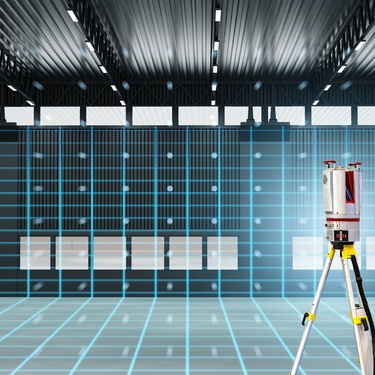
Communicating with people who have intellectual disabilities might take more intentionality than speaking to people without a disability. By using concrete language, listening with intention, and sometimes employing visual aids, you can learn to communicate more effectively with someone who has difficulty with speech and language.
People with disabilities face more challenges than non-disabled people. However, if non-disabled people put aside misconceptions that stem from a fear of saying the wrong thing, we could all make those with disabilities feel more welcome in our communities.
Find out how to speak respectfully to people with I/DD.
People-First Language
When you’re speaking or writing about someone with I/DD, you’ll want to use people-first language. For example, you would describe them as a “person with a disability” or “person who is blind” instead of a “disabled person” or “blind person.” People-first language takes the emphasis away from their disability and focuses on the person.
Speak Directly to Them
Having someone talk to you who doesn’t look at you or, worse, talks about you in front of you is incredibly dismissive. For the person with a disability, it’s frustrating and hurtful.
When you’re speaking to a person, talk to them at eye level. If they’re sitting, you should sit or come down to their level. Be sure to give them your full attention; they might not make eye contact with you, but that doesn’t mean they’re not listening.
Speak Clearly and Calmly
In the same way that shouting at someone in a different language doesn’t help them understand you, you should never shout at a person with I/DD. Speak clearly and calmly, and then wait for a response. People with I/DD can sometimes have a hard time expressing their thoughts or indicating they understand what you’re saying. Give them time to respond, or try to explain yourself in a different way.
Never Assume They Need Help
People with disabilities might need more time or take more steps to accomplish a task that could be easy for a non-disabled person. But that doesn’t mean they’re struggling. Never help a person with I/DD unless they ask. Always ask if they need assistance instead of assuming they do and taking charge.
Knowing how to speak respectfully to people with I/DD will help break down communication challenges they face every day.



















